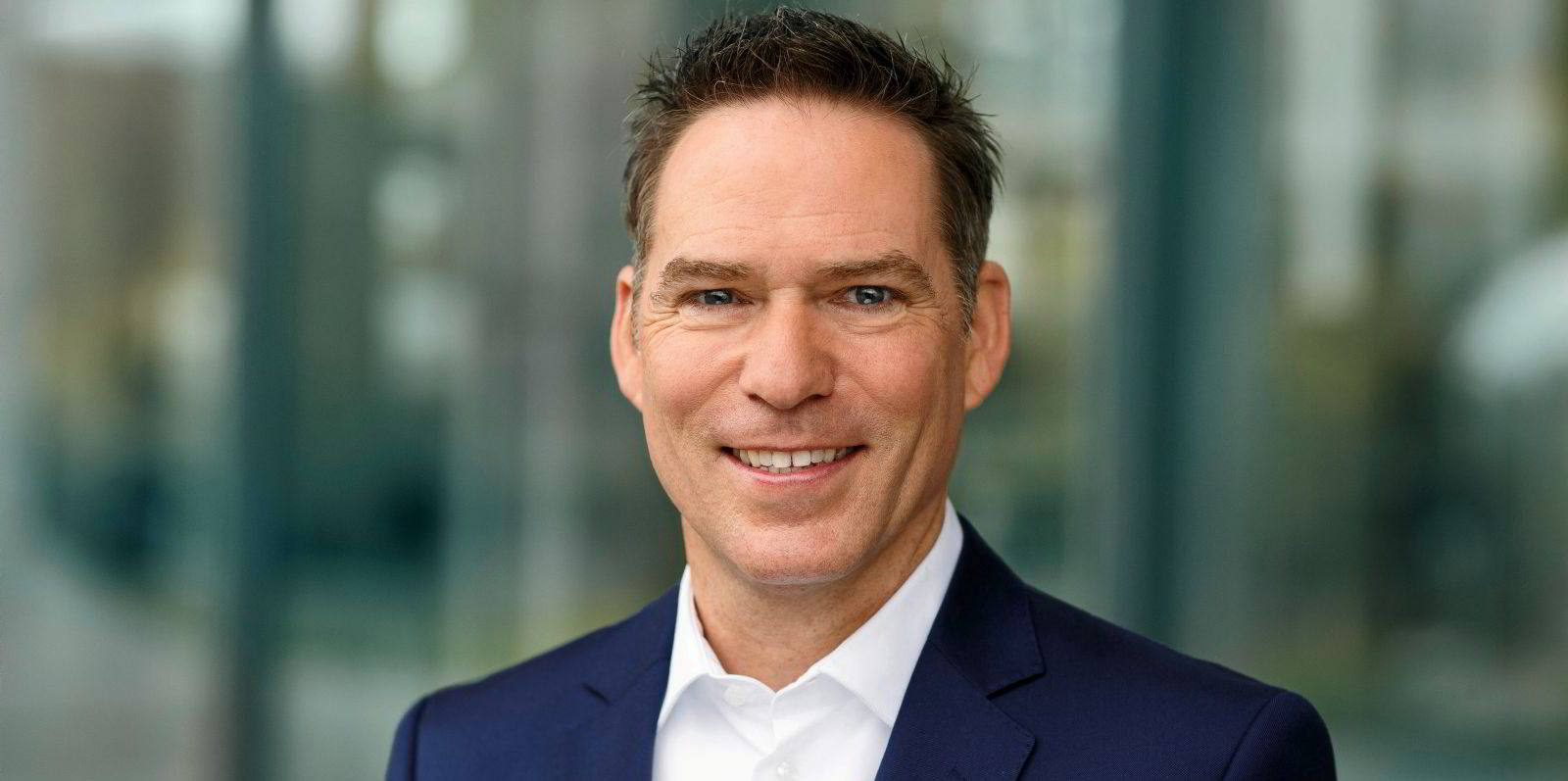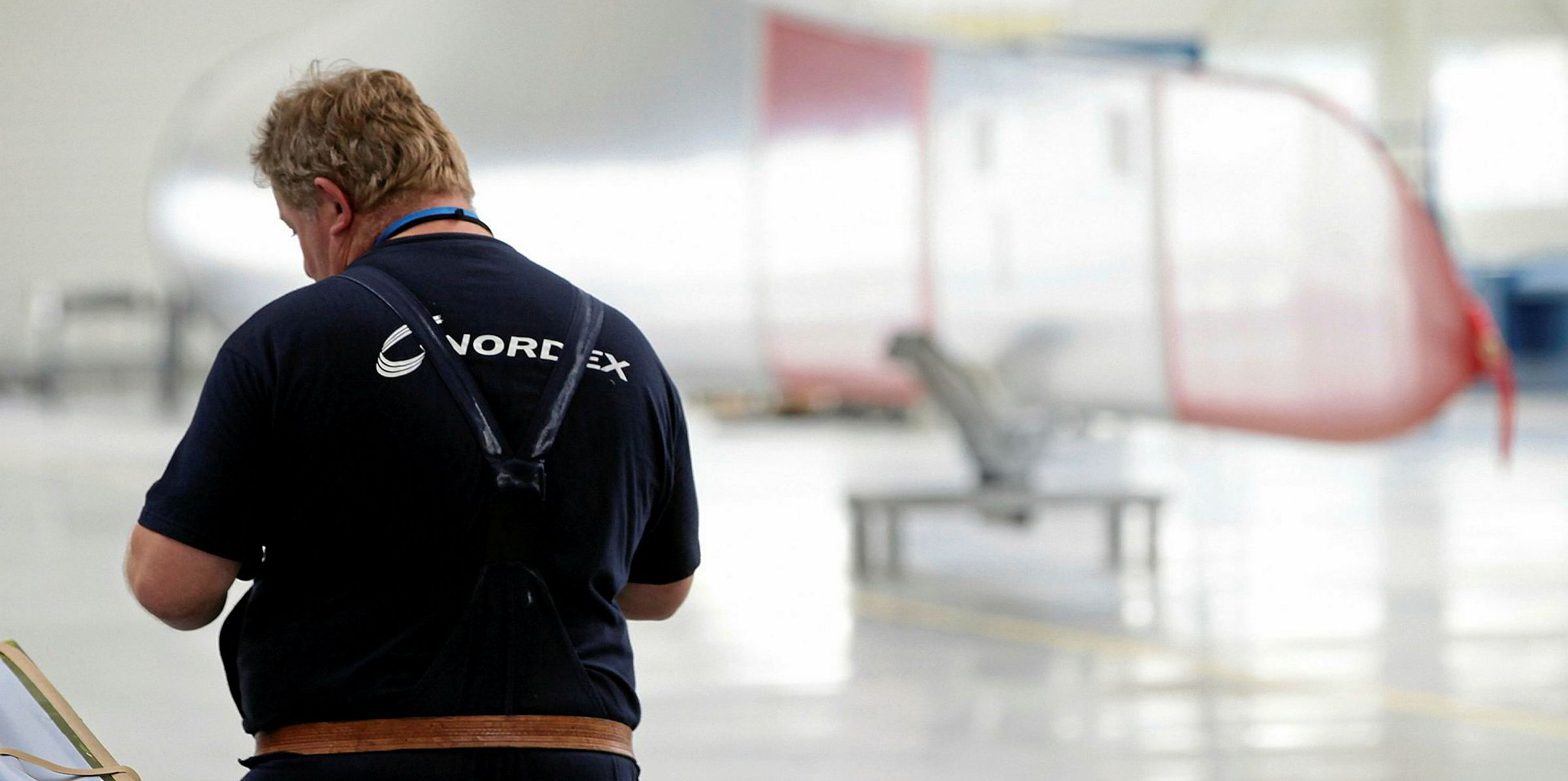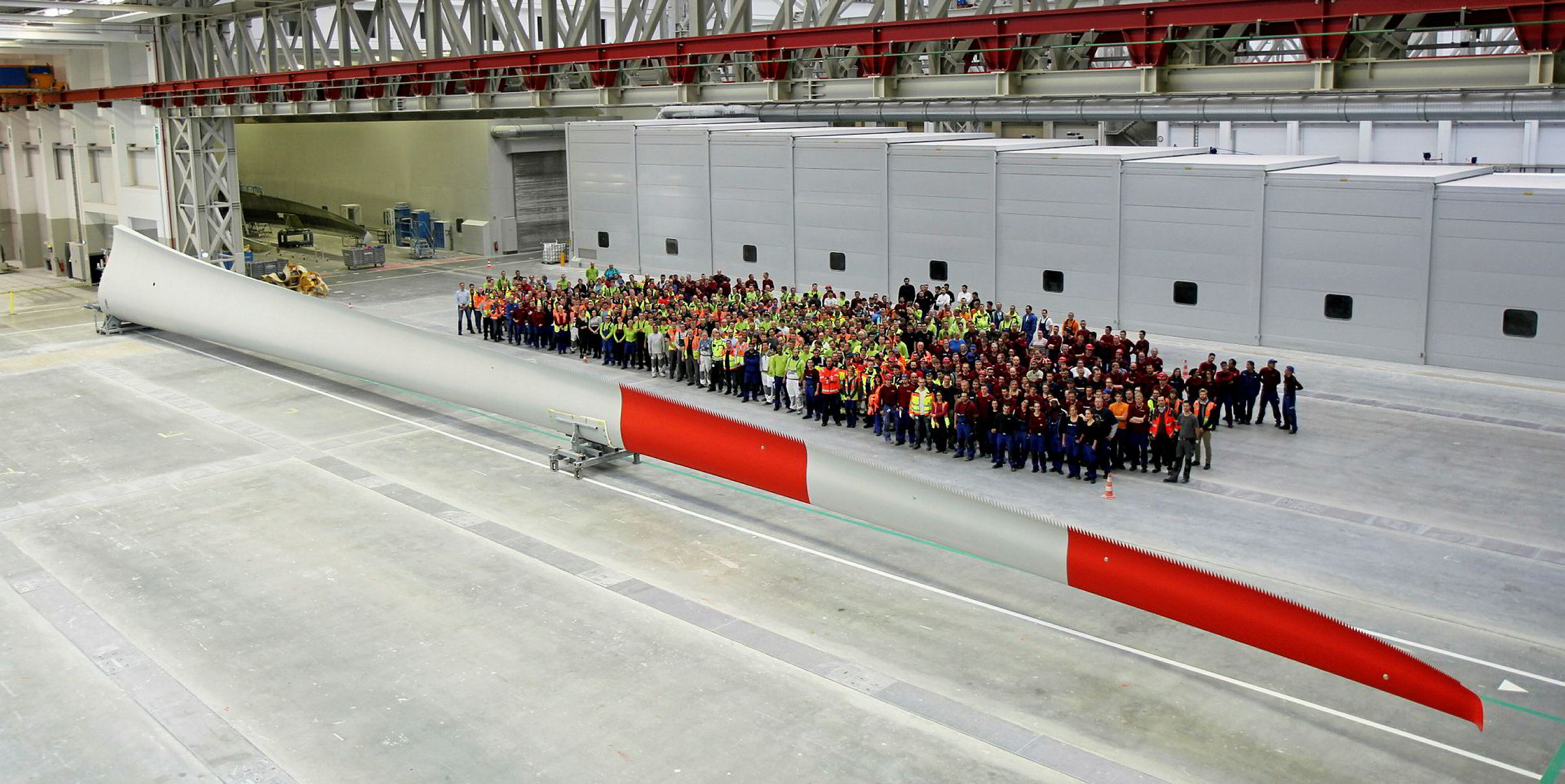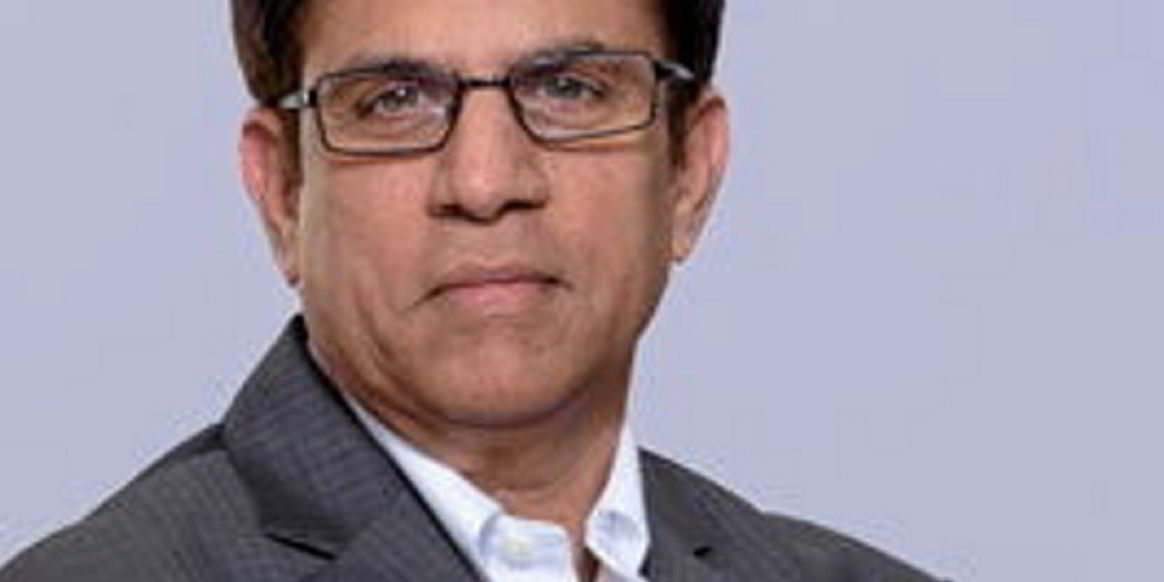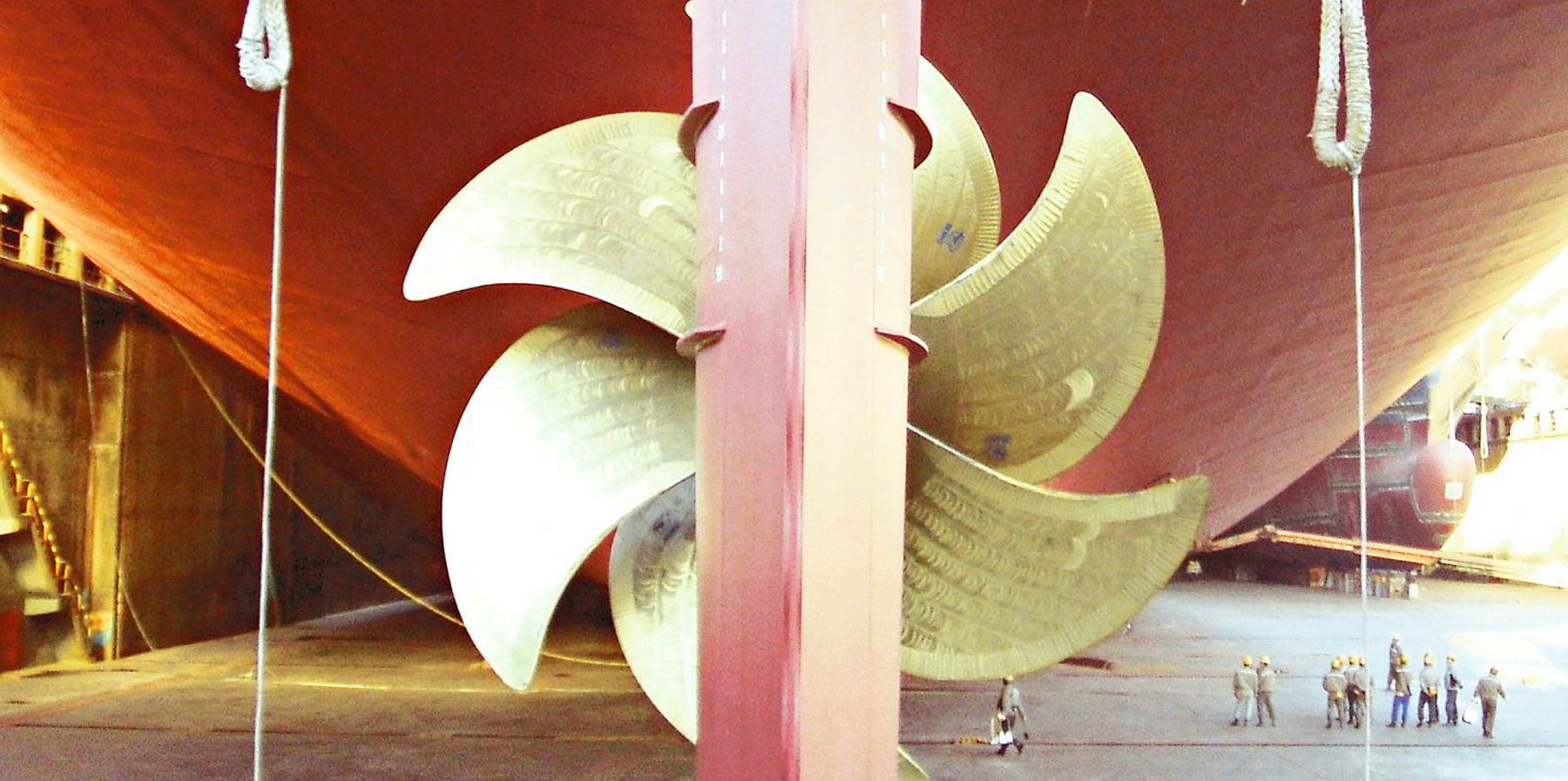The wind turbine sector has had a long history of consolidation — from the purchase of early market leaders NEG Micon and Bonus Energy by Vestas and Siemens, respectively, to the more recent mergers of Nordex and Acciona Windpower, and Gamesa with Siemens Wind Power.
And let's not forget the de-merging of MHI Vestas, after the Danish turbine maker agreed to buy out its offshore wind joint-venture partner, Mitsubishi Heavy Industries.
The shake-out among major turbine OEMs is not over yet, with India’s Suzlon and Germany’s Enercon struggling for survival, and few manufacturers are prospering.
How can that be? After all, wind power is a fast-growing sector that is central to the world’s decarbonisation and the long-term outlook remains robust and positive.
There are two key reasons behind this struggle: 1) overcapacity — ie, production capacities exceeding demand; and 2) the levelised cost of energy (LCOE) — that is the lifetime cost of each MWh of electricity produced, taking into account capital and operating costs.
LCOE is the key factor of success, determining the winners and losers among OEMs.
LCOE for both wind and solar power has decreased in an unparalleled way during the past decade, driven by economies of scale, technological developments, learning curves, and supportive government policies. Unsubsidised wind and solar power are the cheapest source of energy in many parts of the world, with lower LCOEs than new coal- and gas-fired power, and demand for renewable energy is growing.
While wind turbine overcapacities drive down prices intrinsically, solar energy is an even fiercer competitor, seeing even steeper LCOE reductions than wind.
Hence, competition among wind turbine manufacturers remains tough, and experts believe a coming shake-out will leave only four to six OEMs taking about 70% of the global market within five to seven years.
Component suppliers
What does this mean for the suppliers to the big wind turbine OEMs, which deliver the thousands of parts they require? My hypothesis is that there will also be consolidation in this segment.
Products and solutions that enable turbine makers to either increase the energy output or reduce the capital and operating costs of their machines will be highly sought after — for instance, higher-rated generators, higher towers, more effective blades, material innovations, and software optimisations for individual turbines and wind farm operations.
Equipment that offers greater modularity, has a longer lifetime or has cost-reducing smart technologies that reduce future O&M costs — such as digital twinning, predictive maintenance and drone inspection — will also be highly sought after.
Suppliers can also reduce their own costs through supply-chain management optimisation and greater automation in their factories.
Consequently, there are three basic strategies for Western component suppliers to emerge as winners as industry-wide LCOE reduction continues and to fight off Asian competitors:
1) Foster and enable further price reductions:
- Create synergies with affiliated companies; shift labour-intensive productions to lower-cost countries; drive automation at home; best-practice sourcing; digitisation of processes.
- Follow the OEM to local production sites, if required — the only price that counts is “landed cost at site”.
2) Evolve from parts supplier to system-solutions provider:
- Further develop the product offering to provide entire system solutions — following the path of successful automotive suppliers — which will reduce complexity at turbine OEMs.
- Get involved early in OEMs’ development of new products, to help them with research and development.
3) Strengthening their own position:
- Examine options to grow, diversify and evolve organically or through mergers and acquisitions. This could be horizontal expansion (ie, buying similar companies to expand product portfolio) or vertical expansion (ie, acquiring companies above or below them in the supply chain). Expansion can ensure future-proofing of critical components, and ensuring control of critical subcomponents.
- Increase share of wallet — ie, how much a supplier regularly spends on your equipment, rather than a competitor’s — by building relationships with OEMs. But make sure to back the right horse.
The execution of such strategies will drive the concentration among component suppliers to wind turbine manufacturers. While deals will largely be strategically driven, it’s also likely that we will some more financial investors in the sector — eg, AP Møller Holding (the investment arm of Maersk) acquiring wind turbine controls supplier KK Wind, and Carlyle buying mechanical and electrical drive supplier Flender.
Pierre André Schneider is a Germany-based partner at mergers and acquisitions adviser Proventis Partners and a former vice-president and head of corporate development at turbine maker Nordex
